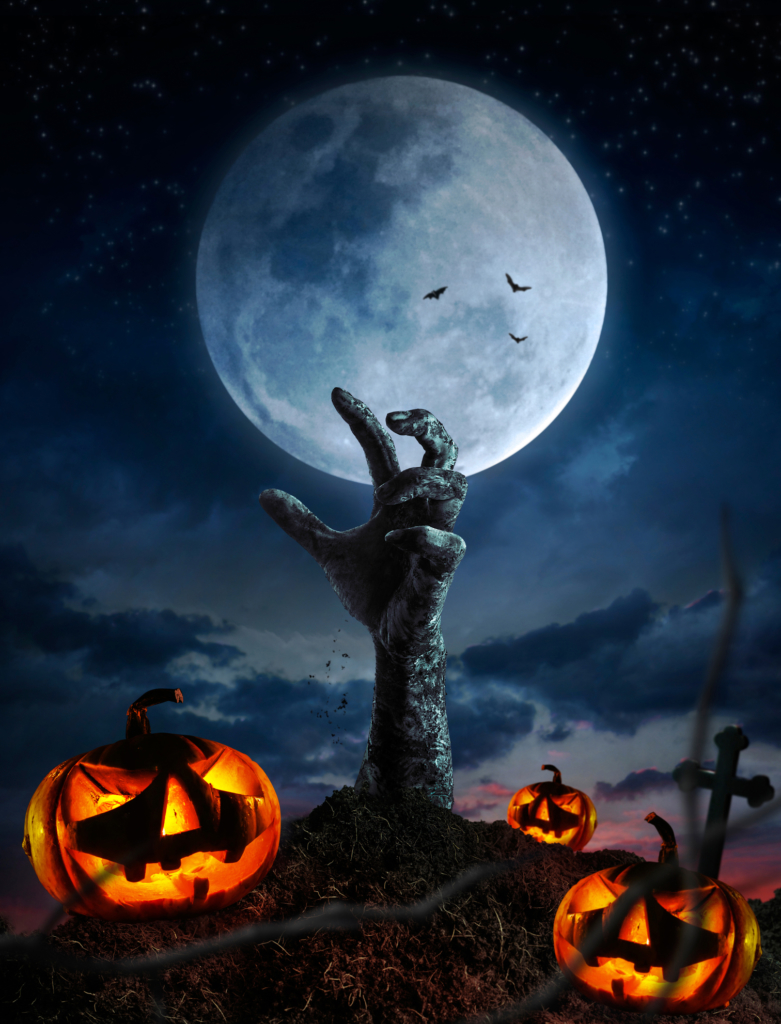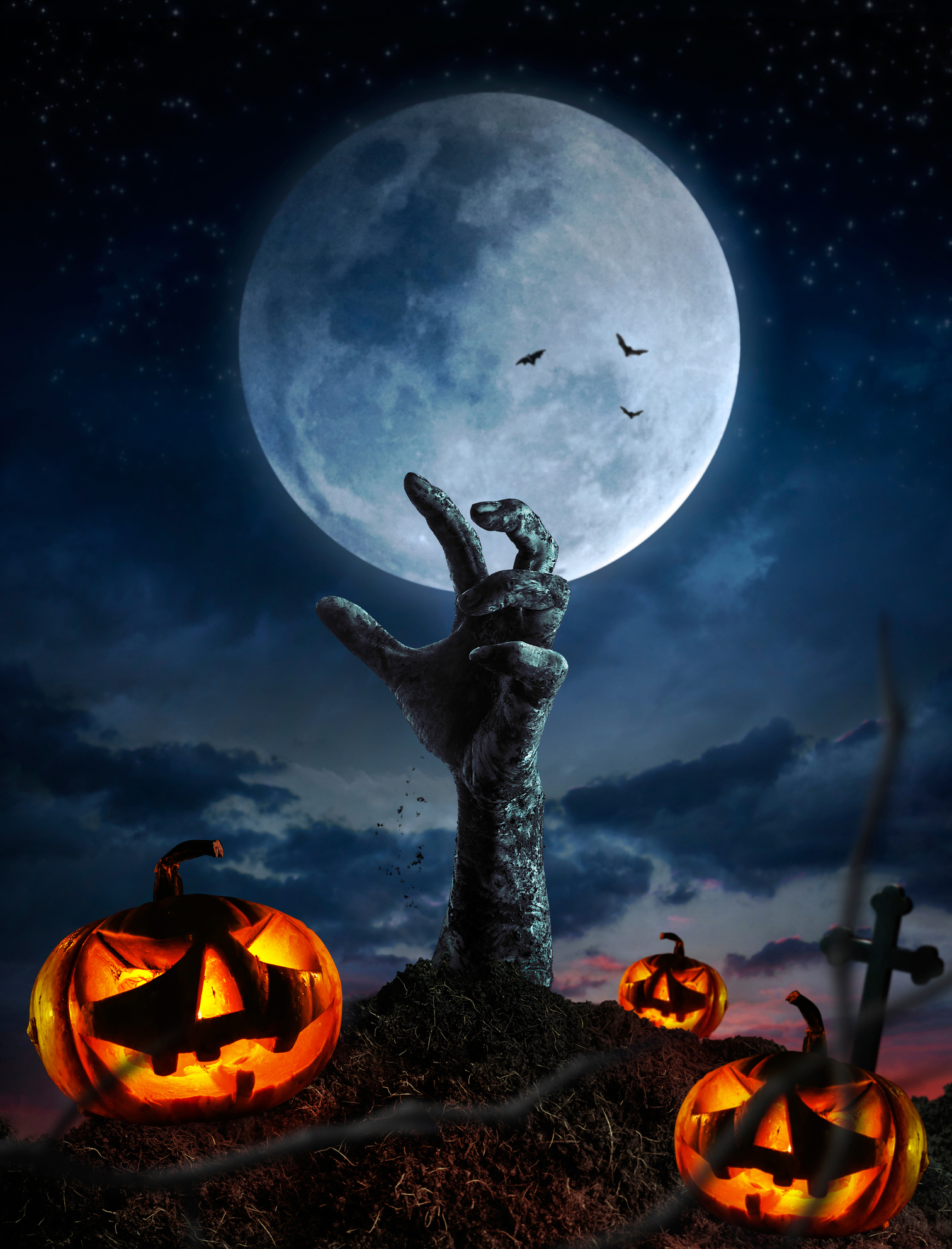As the month of October welcomes cool crisp nights filled with the smell of bonfires in the air, Halloween lurks in the shadows with its cadre of creatures. In recent years, zombies have amassed in quantity and popularity, securing a place for the Undead in the supernatural landscape. The zombie’s doppelgänger in the business arena is the UnStrategic. The UnStrategic are those individuals unable to raise themselves from their tactical tombs to contribute to the business at a higher strategic level. You wouldn’t tolerate a zombie attempting to eat Mark from finance during the staff meeting, yet the UnStrategic can cause a similar, albeit less mortal outcome, for your team. How many of these seven sins of the UnStrategic are being committed in your group?
- Killing Meetings.The Undead continually utter gibberish due to their severely diminished brain activity. The UnStrategic kill strategy meetings by taking conversations down rabbit holes, preventing progress and causing widespread frustration amongst the other members of the group. Research has shown that executives spend an average of 23 hours per week in meetings, and a frightening 83 percent of executives said that these meetings are an unproductive use of time. Why? It’s often due to one or two members of the group who are UnStrategic, taking the team off-topic until people lose interest and become numb to the epic waste of time.
As a facilitator that has led hundreds of strategy sessions, there are several ways I’d recommend to address this issue. An effective preventative step is to educate the team on the difference between strategy and tactics, with examples of each. This helps people better understand which topics are strategic and which are tactical, enabling them to contribute appropriately. Another technique is to establish a “Tactical Parking Lot.” Playing off the parking lot flip chart concept, the tactical parking lot allows the facilitator to quickly move any rabbit hole tactical comments to the flip chart, resuming the group’s strategic-level conversation.
- Wandering Aimlessly. The Undead wander the landscape aimlessly, attracted by loud noises and bright lights. The UnStrategic lack direction, which causes them to latch onto each and every new shiny opportunity that pops up. Fundamentally, they lack priorities and the appropriate filters to keep them focused. A study of 250,000 executives found that 86 percent believe setting strategic direction is the most important role of a leader and the number one factor that improved organizational health.

In my experience facilitating strategy sessions with executive leadership teams to shape strategic direction, I’ve found it’s important to address two obvious but often obscured questions: 1) What are you trying to achieve? 2) How will you achieve it? Look at your most recent plan. Are these two questions answered immediately up front in the first slide or two? If not, there’s a good chance the answers are buried in Excel spreadsheets or colorful graphs, and not known or recognized by the team. Research shows that when teams believe their leader is competent in setting good strategic direction, they are 40 percent more committed to successfully executing the strategy.
- Doing Everything. The Undead lack the discipline to select just one victim—they try to eat everyone. The UnStrategic lack the discipline to say no. They try and be all things to all customers, both internally and externally. When Mary Barra took the reigns as CEO of General Motors, she compared her new approach with that of the previous leaders by saying, “We’re here to win. We aren’t going to win by being all things to all people everywhere. It’s not the right strategy.”
The dirty secret of being strategic is that you have to say no to people, both internally and externally. Managers need to be deliberately unresponsive to some customer needs so that they can be highly responsive to other needs where they can provide maximum appreciable value. The necessary role of trade-offs in strategy is to intentionally make some customers unhappy by focusing resources in areas destined to provide the most value to the customers most willing to pay for it. If you fail to prioritize what’s important, then nothing is important.
- Infecting Others. The Undead are contagious. A person bitten by a zombie becomes a zombie. The UnStrategic infect their colleagues with irrelevant email, tasks, and fire drills, slowly draining their morale. In a webinar I led with 200 CEOs, the top strategy challenge these senior leaders identified facing their organizations was “being reactive and tactical.” All it takes is for one person to ring the fire drill bell, add to an email chain or call a meeting when one isn’t required to fan the flames of a tactical hell.
One method of helping people transform from tactical to strategic is through education. Providing a workshop on what it means to be strategic followed by weekly microlearning in the form of brief videos, podcasts and infographics delivered via email can be an effective way to build strategy skills over time. Another effective method of moving people from reactive and tactical to thoughtful and strategic is to focus their attention on insights. A simple definition of insight is “a learning that leads to new value.” Have your leaders at each level begin holding their people accountable for generating and collecting three to five new insights each quarter. Then collect those insights and distribute them through an internal insight network and watch your team move to a higher strategic plane.
- Decaying State. The Undead are in a decaying state, typically rotting and missing body parts. The UnStrategic allow their strategies to decay over time through competitive convergence or obsolescence. In both cases, the differentiated value they once brought to the market no longer exists, and their business teeters on the brink of commoditization and customer irrelevance. A survey of 500 senior executives found that 9 out of 10 believed their teams were missing major opportunities in the market.
A quarterly Strategy Tune-up is an effective technique for preventing the decay of your business. In the Strategy Tune-up sessions I design for management teams, a handful of key strategic thinking exercises are conducted to assess trends and patterns in the market, how customers thinking and actions are evolving, shifts in the competitive landscape, and ways to overcome challenges within the company. This is also an excellent forum for sharing strategic insights between functions and tracking current strategic initiatives.
- Lacking Innovation.The Undead don’t try anything new—they only want to eat brains. The UnStrategic are chained to the status quo, and unable to contribute to innovation. A study of new product launches found that 86 percent are simply line extensions, with no major improvements or benefits for customers. Interestingly, the 14 percent of product launches that did feature significant new advances in value for customers generated a majority of the profits (61 percent).
Innovation can be an overwhelming topic for managers to address, usually with the expectation that they have to spend millions of dollars to create a new product or technology. When I lead innovative thinking workshops with executive teams, we explore the useful definition of innovation as “creating new value for customers.” When innovation efforts are viewed with this lens, it’s immediately apparent that each and every function in the organization can work to identify areas of new value for the customers (internal or external) that they serve.
- Missing Purpose. The Undead are technically dead, without a heartbeat or other vital signs. The UnStrategic lack the ability to work from purpose, which is at the heart of the business. Purpose takes the form of mission (current purpose), vision (future purpose), and values (guiding purpose). When these have been created with precision and relevance, they can act as a filter for opportunities and guardrails for strategy.
Purpose is also the foundation of the differentiated value that an organization provides to customers, creating a basis for competitive advantage. A study of 25,000 companies over a 40-year period shows that companies that compete on differentiation rather than on price are most successful. Does your team use purpose to drive their work and does that purpose form the basis for your strategies?
Enter the creaky wooden door of a haunted house this Halloween, and you’ll likely encounter fiendish clowns, maniacs with chain saws and demonic beings. Enter a conference room down the hall and you may encounter something equally terrifying: an UnStrategic person wielding a tactical comment that transports the entire meeting into business purgatory. While their brain may not yet have reached its’ strategic potential, be consoled by the fact that at least they’re not trying to eat yours.
